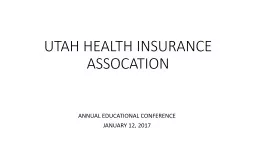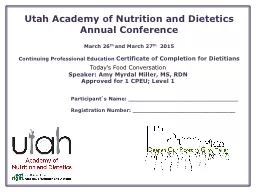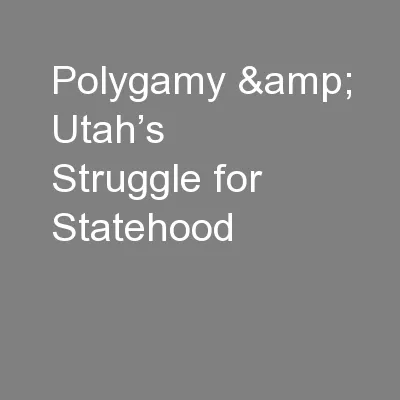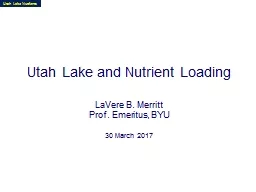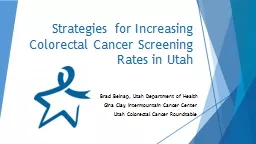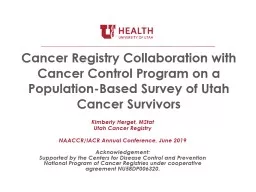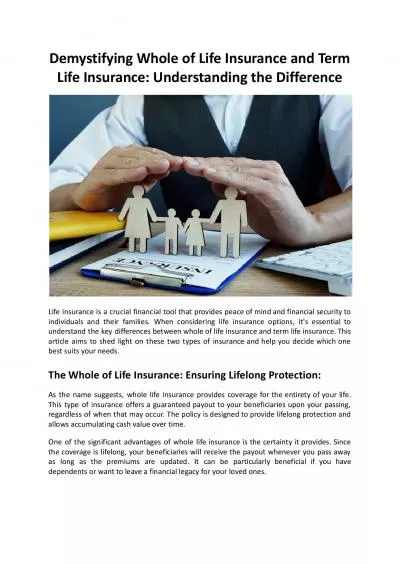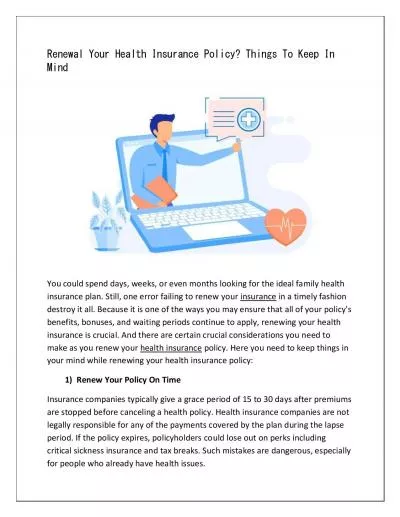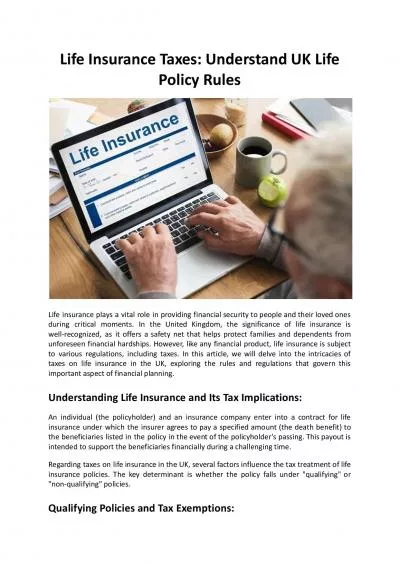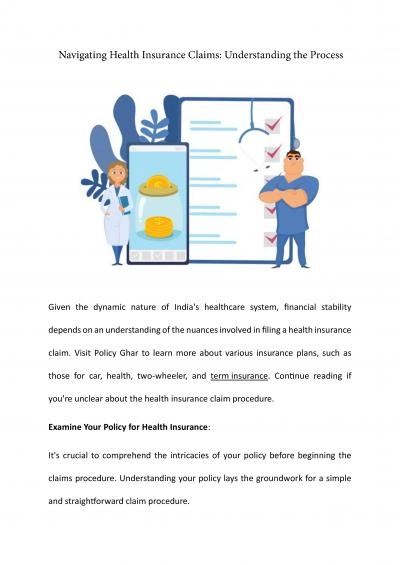PPT-UTAH HEALTH INSURANCE ASSOCATION ANNUAL EDUCATIONAL CONFERENCE
Author : olivia-moreira | Published Date : 2019-11-02
UTAH HEALTH INSURANCE ASSOCATION ANNUAL EDUCATIONAL CONFERENCE JANUARY 12 2017 Reversing the Opioid Epidemic by Decreasing High Risk Opioid Prescribing Habits Representative
Presentation Embed Code
Download Presentation
Download Presentation The PPT/PDF document "UTAH HEALTH INSURANCE ASSOCATION ANNUAL ..." is the property of its rightful owner. Permission is granted to download and print the materials on this website for personal, non-commercial use only, and to display it on your personal computer provided you do not modify the materials and that you retain all copyright notices contained in the materials. By downloading content from our website, you accept the terms of this agreement.
UTAH HEALTH INSURANCE ASSOCATION ANNUAL EDUCATIONAL CONFERENCE: Transcript
Download Rules Of Document
"UTAH HEALTH INSURANCE ASSOCATION ANNUAL EDUCATIONAL CONFERENCE"The content belongs to its owner. You may download and print it for personal use, without modification, and keep all copyright notices. By downloading, you agree to these terms.
Related Documents

